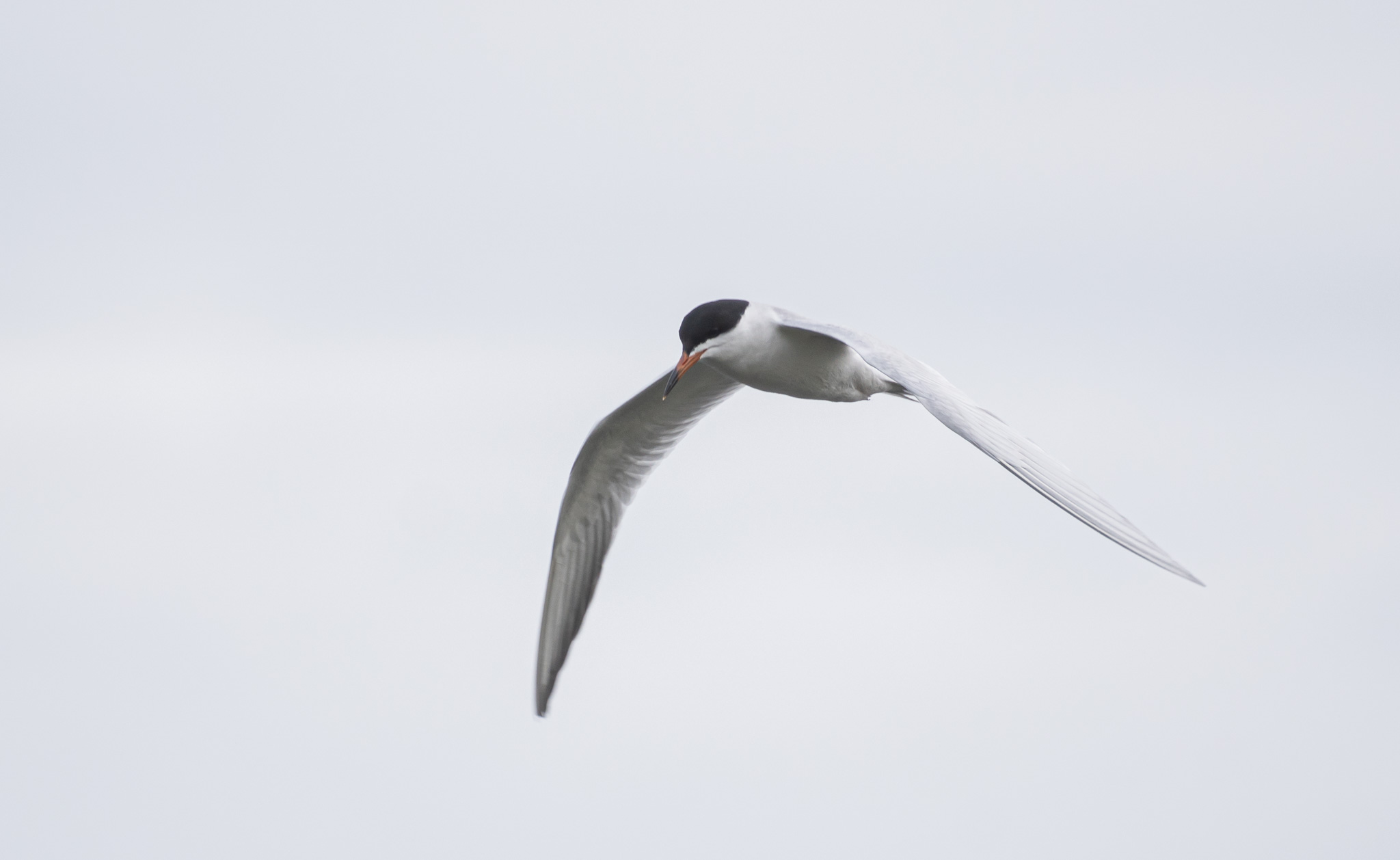The opinions expressed in The Lawrentian are those of the students, faculty and community members who wrote them. The Lawrentian does not endorse any opinions piece except for the staff editorial, which represents a majority of the editorial board. The Lawrentian welcomes everyone to submit their own opinions. For the full editorial policy and parameters for submitting articles, please refer to the about section.
It’s 4:30 a.m. on Saturday, May 13, and I’m already out of bed with my two panyers stuffed with my camera, binoculars, shotgun mic, snacks and water. I’m ready to embark on a long day of birding on my bike in Outagamie County. I’ll join over 59,800 other birders from over 150 countries in trying to find as many species as possible in just 24 hours. It’s Global Big Day, and it happens every May and October coinciding with Global Migratory Bird Day, a day where we try to get a snapshot into the avian migration phenomenon.
Even before I leave, I hear my first bird. Slightly before 4 a.m., over an hour before first light, an American robin starts its dawn song. I bike fast to arrive in Kaukauna before sunrise. Most birds migrate at night, and I know that at sunrise, migrants will start landing from their night’s migration. According to Bird Cast, an estimated 82,700 birds crossed Outagamie airspace the night before, and I want to see a fraction of them as they rest for the day. At 1000 Islands Environmental Center, I count many of these birds, including 70 Tennessee warblers that left their wintering grounds in Costa Rica, over 2,000 miles away, less than a month ago.
I then rush across town to Gordon Bubolz Nature Preserve. Bubolz’s unique boggy habitat allows me to see species I won’t find anywhere else. Most birders use a car for Global Big Day, but since I’m on a bike, I have planned my route so I will be at key locations at prime times of the day. That means I will spend the longest stretches of biking in the middle of the day, when the fewest number of birds are active. After Bubolz, I start on one such stretch to LaSage Bottoms State Natural Area. Biking through miles of farm fields on back country roads, I try to balance cycling quickly while still being able to pick up bird songs. This is one of the advantages of birding by bike, and I am able to pick up a few species on this stretch that I don’t find anywhere else. Finally arriving at LaSage, I find two stunningly yellow prothonotary warblers along the swampy edges of the Wolf River, and I catch a snippet of song from a bobolink, which has just returned from the lowlands of eastern Bolivia, a migration of circa 12,400 miles.
I then spend multiple hours biking back country roads and before 2 p.m., I pick up my 100th species of the day, a pair of orchard orioles. By 4 p.m., I make it to Mack State Wildlife Area, which is a biodiversity hotspot and boasts the highest bird species count in the county. Even though it is getting late, I pick up many new species, including a pair of black-necked stilts—one of the most elegant shorebirds—a flock of black-bellied plovers on their way to the Arctic tundra to breed and a stunning blood-red male scarlet tanager. I also watch a baby sandhill crane, likely only a day or two days old, as it tries to keep up with its giant parents, and I enjoy seeing a pair of Forster’s terns as they dive for fish. With marsh and forest, Mack is an extremely important protected area in the county which has been primarily developed for industry and agriculture.
I then start my long journey back to town. As I cycle down farm roads, I realize I haven’t seen a single American kestrel all day. These small falcons are a staple of open habitats and help keep rodent populations in check. Even though I’ve biked through over 40 miles of decent habitat, I have been unable to spot a single kestrel. I pull up eBird status and trends and am shocked to see this species has declined 50% in the area in the last 15 years. Birds can tell us so much about our ecosystems, and I’m saddened by missing this adorable little falcon.
Upon arriving back in Appleton at sunset, I head to Peabody Park and call in a barred owl, species number 127 for the day. After 16 hours and 84 miles of biking, this barred owl is the last bird of the day. I enjoy its presence as it sits about 15 feet away, watching me. I marvel at the diversity of birds that I have seen. Many have been further from Wisconsin than I ever have and seen places and people thousands of miles from here. In addition to offering a view into the health of our ecosystems and sights and songs from around the world, birds have brought me into a community of people around the world who love the same thing as I do. I chatted with a birding friend in India the next day, and we shared many similar experiences from the day, including three species that we both found, even though we’re on opposite sides of the earth!


